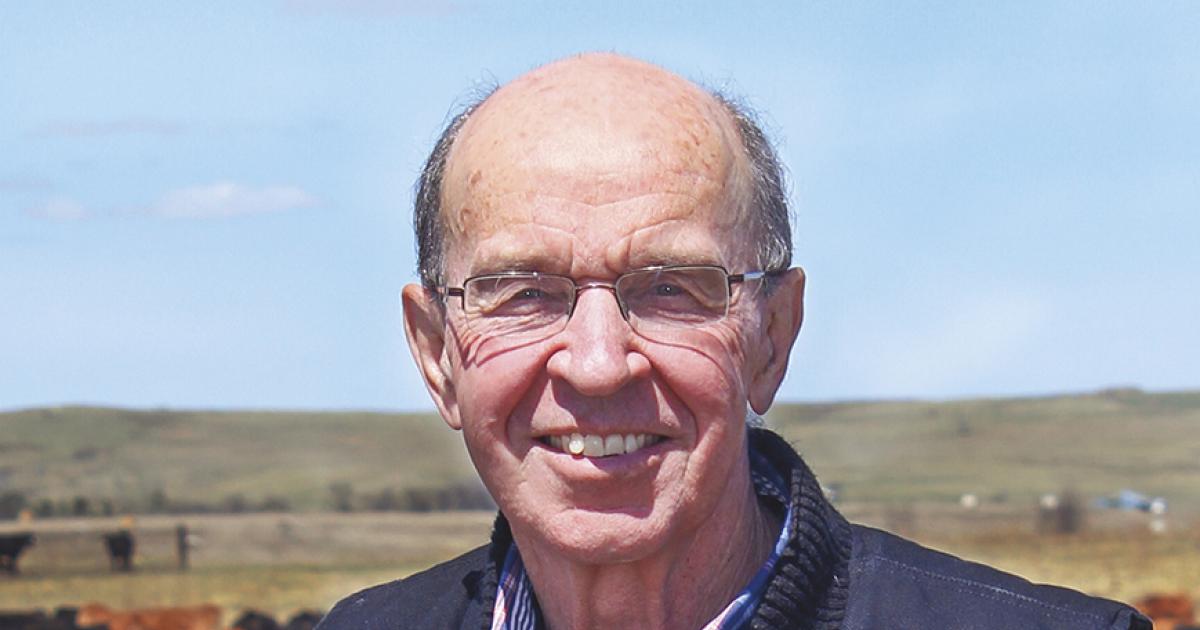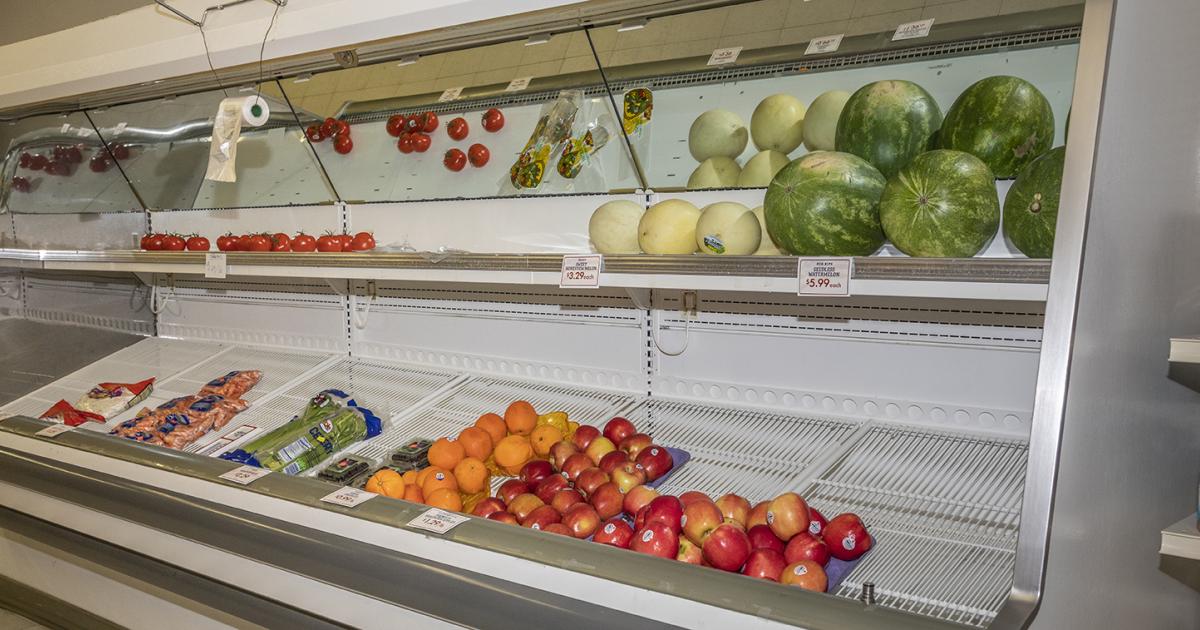The couple sitting across from us at the banquet table were longtime friends. At one point, the woman asked, “So, Al, what’s your next column going to be about?” I said I was considering writing about outdated conservation practices, like flax strips. Her husband said, “Flax strips! I’d forgotten all about flax strips.”
I suspect many people have also forgotten about stubble mulch tillage, strip cropping and chem fallow. Most of the conservation practices of the 1970s were an attempt to stop wind and water erosion on bare fallow or fields plowed black in the fall. There is still some fall plowing, but summer fallow is nearly extinct. Today’s conservation practices involve no till, soil armor, cover crops, prairie strips and perennial forages in annual cropping systems.
Terminology and practices aren’t the only things about conservation that have changed. Fifty years ago, farmers voluntarily applied conservation practices, with the technical assistance of local soil conservation districts. Voluntary became mandatory in the mid-1980s, when “conservation compliance” legislation was passed. To qualify for farm program benefits, producers were required to apply practices designed to protect highly erodible land and wetlands. It was a contentious time.
It’s different today. We recently did a TV report on a “Climate Smart Initiative” under which farmers can sign up for U.S. Department of Agriculture grant money to help pay for certain conservation practices. Today, landowners can get assistance through grant programs like that one and by accessing easement programs through private partnerships with organizations like Ducks Unlimited, Pheasants Forever, the Nature Conservancy and even PepsiCo and Walmart. In fact, there are so many such programs that a Dakota Legacy Initiative was formed to act as a one-stop shop, so a producer can sort through all the programs and find the one best suited to his or her operation.
You could say the helping hand extended to producers in the 1970s picked up a stick in 1985, but that stick has now been replaced by a carrot. The conservation climate certainly has changed since the days of flax strips.
___
Al Gustin is a retired farm broadcaster, active rancher and a member of Mor-Gran-Sou Electric Cooperative.










